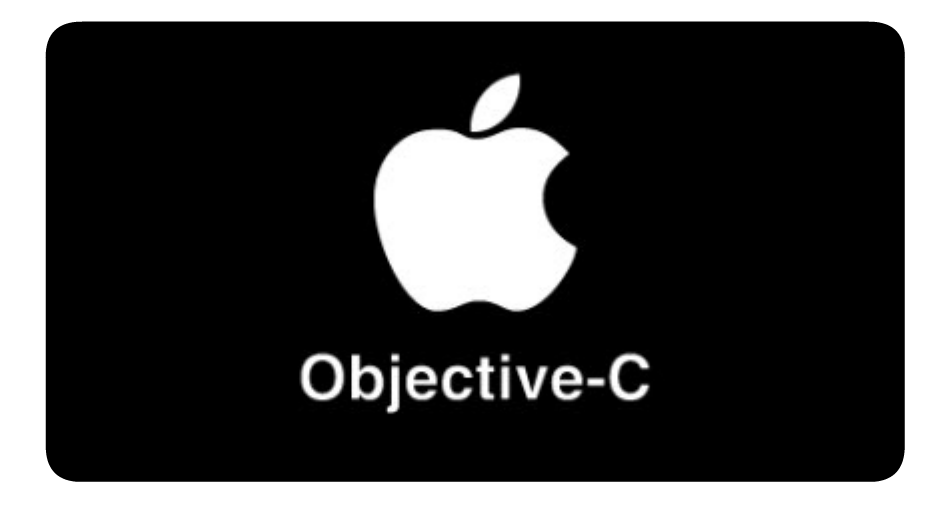Here is a little list of things that, in my experience, contribute to make Objective-C a powerful and fun programming language.
Classes are objects
Each class is an instance of a meta-class automatically created and managed by the run-time. We can define class methods, pass classes as arguments, put them in collections and so on. To create an object, we just send a message to the class we want to instantiate. No need to reinvent a "factory" system. No need for a specific constructor mechanism at the language level. This helps keeping the language simple and powerful.
And, by the way, meta-classes are objects too!

Dynamic typing
As in Ruby, Python, Smalltalk, Groovy… Extremely useful because we don’t always know beforehand what our objects are going to be at run-time. Dynamic typing in Objective-C is simple to use. For example, this declares a variable that can hold a reference to an object:
id myObject;
Optional static typing
Still, Objective-C also has support for static typing. Best of both worlds.
This declares a variable that can hold a reference to an object of class (or subclass of) NSView:
NSView *myObject;
Categories
Categories let us define new methods and add them to classes for which we don’t have the source code (such as the standard Cocoa classes provided by Apple). This makes it easy to extend classes without resorting to subclassing. Extremely useful to adapt existing classes to the requirements of frameworks we want to use or create.
Message sending
We interact with objects by sending them messages. Often, the receiver of a message will have a method that directly matches the message (i.e. that has the same name, or, in Objective-C terms, the same selector). In this case the method will be invoked. But this is not the only possible outcome, as an object can choose to handle a message in other ways such as forwarding it to another object, broadcasting it to a number of objects, introspecting it and applying custom logic, etc.
Very powerful…
Expressive message syntax
Message patterns in Objective-C are like natural language sentences with holes in them (prefixed with colons). When we write code that sends a message to an object, we fill the holes with actual values, creating a meaningful sentence. This way of denoting messages comes from Smalltalk and makes the code very expressive.
Example, sending a message to an ordered collection, asking it to insert a given object at index 10:
[myCollection insert:myObject atIndex:10]
A message sending expressions can be read like a sentence where the receiver is the subject and the message is the rest of the sentence (for instance, an action that we would like the receiver to perform): "myCollection insert myObject at index 10".
Introspection
Introspecting objects is easy. For example, we can ask an object for its class like this:
[myObject class]
Determine if an object has a method "foo":
[myObject respondsToSelector:@selector(foo)]
Ask an object for the signature of its method "foo":
[myObject methodSignatureForSelector:@selector(foo)]
Ask a class whether it is a subclass of another class:
[class1 isSubclassOfClass:class2]
And so on…
Dynamic run-time
Objective-C has a dynamic run-time. It allows crafting messages at run-time, dynamically creating classes, dynamically adding methods to existing classes, changing method implementations and so on…
Automatic garbage collection
The automatic garbage collector runs in its own thread, concurrently with the application code. It uses a generational model to improve its efficiency by targeting in priority memory zones that are more likely to be garbage. It works for objects and also for raw C memory blocks allocated with the NSAllocateCollactable() and similar functions. malloc() works as usual, providing control over memory not managed by the collector.
The garbage collector is an opt-in service: you can choose to not make use of it in your application and instead rely on a reference counting system. This system includes a rather ingenious delayed release mechanism that goes a long way to reduce the burden of manual reference counting.
Note that at the time of this writing, the automatic garbage collector is not available on the iPhone.
C inside
Objective-C is primarily an object-oriented extension to the C language and constitutes a superset of C. This means that the raw power of C is available, and that C libraries can be accessed directly (as you know, there is quite a number of them available out there!). Beside, this creates a symbiotic relationship between the language and the operating system, as Mac OS X, which is a UNIX system, is primarily written in C and, for the upper-level parts, in Objective-C.
C++ fluent
Not only is Objective-C a superset of C but it can also understand and call C++ code. Used in this configuration, the language is named Objective-C++ and allows mixing Objective-C and C++ code in the same code statements. It also allows directly using C++ libraries.
Simplicity
Objective-C’s Smalltalk-inspired object system is leaning toward simplicity. Many features that tend to render languages complex (templates, overloading, multiple inheritance, etc.) are simply absent from Objective-C, which offer simpler programming models taking advantage of its dynamic nature.
Access to Apple technologies
Each new version of Mac OS X, and now, of the iPhone OS, is full of interesting new technologies which are directly available from Objective-C to play with. This contributes significantly to make Objective-C fun to use.